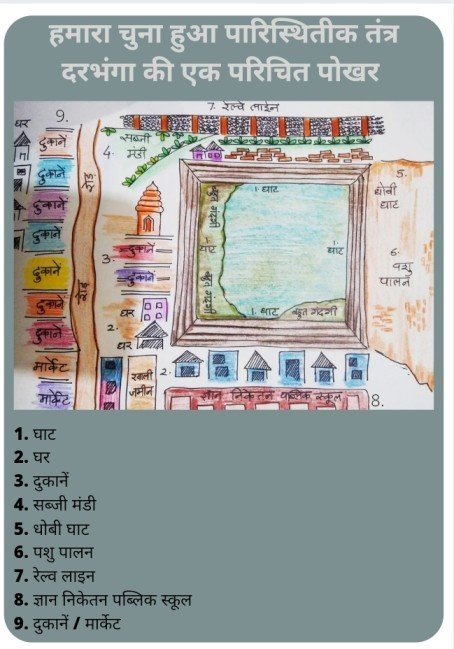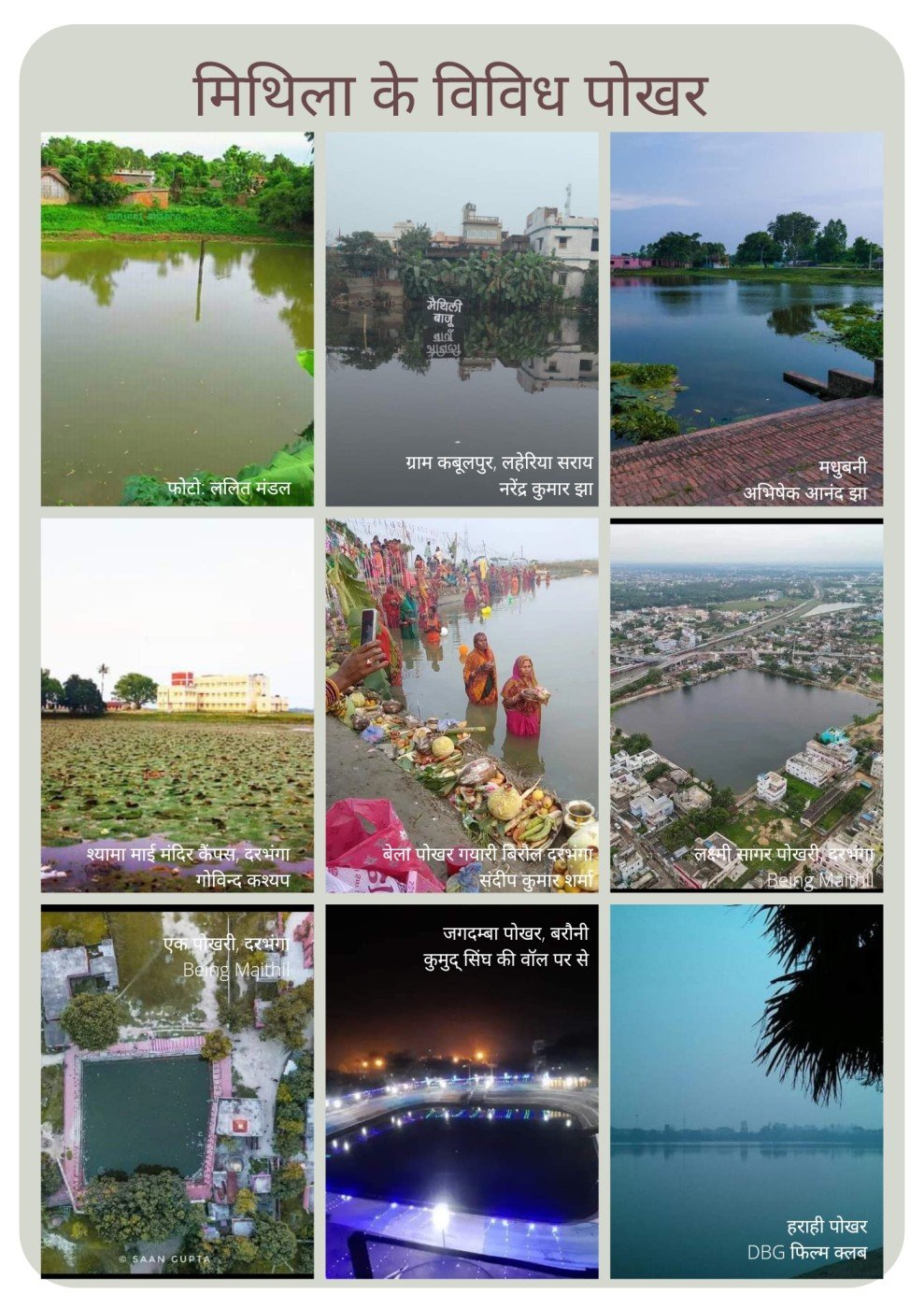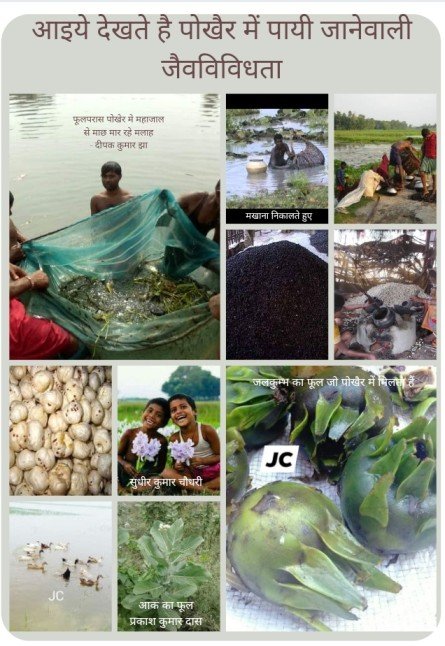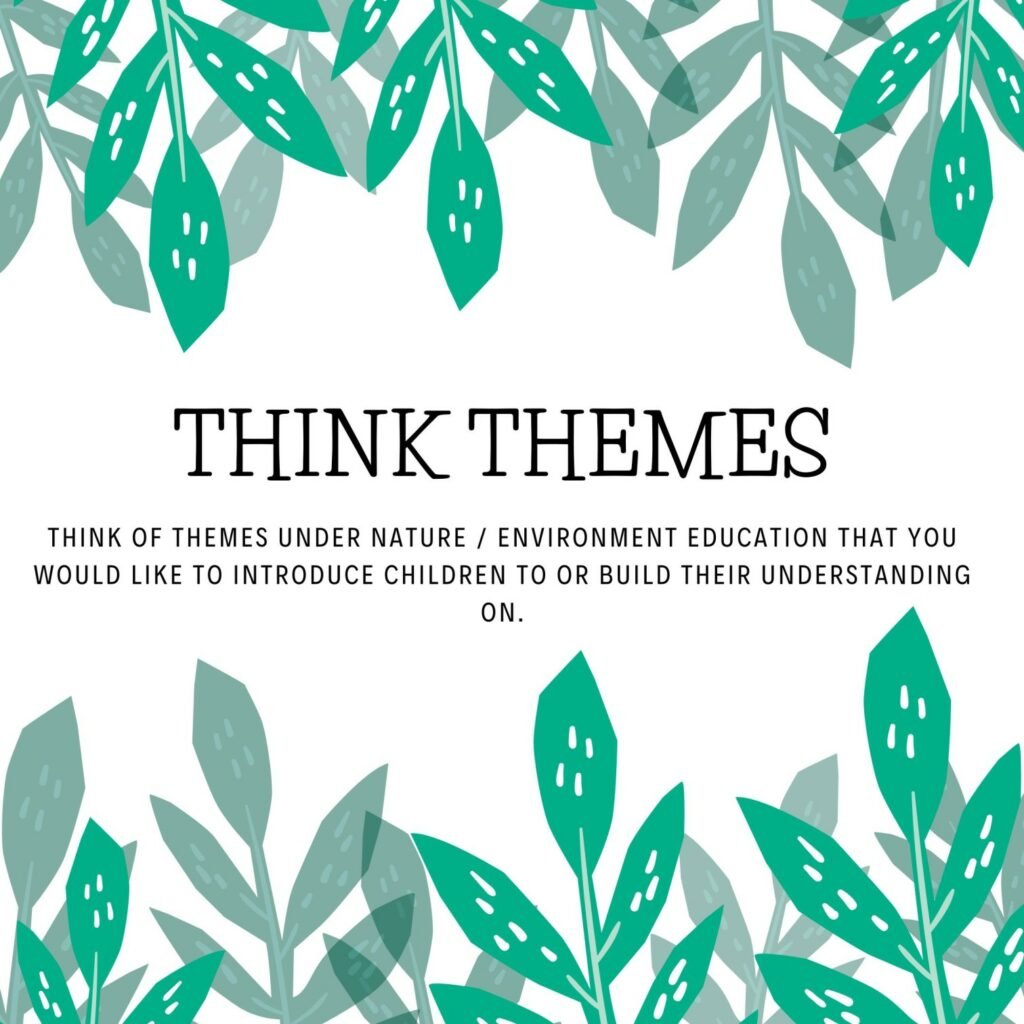And can Nature Education, in turn, enrich libraries?
An important starting point to answer these questions could be to reflect on what one understands by and the approach one adopts to libraries and nature education.
At Aripana, we see libraries as more than just a collection of age appropriate, child friendly books. Libraries can be creative spaces, for developing life-long relationships with books and reading and one’s identity as a reader; and also, importantly, for dialog, discussion and reflection on a wide array of topics and issues. We believe libraries should be warm, open places that make children feel safe and confident to learn and explore the world around them. Through the Aripana Library Program, we not only support schools and communities to build libraries that provide access to good quality books and other resources but also support members to discover different ways of engaging with these resources. We support teachers and facilitators to become better library practitioners, equipped with strategies with which to encourage engagement of children and community members with the library, and help them become better readers of the word and the world.
Nature education is another core, and much loved, area of our work. We believe it holds tremendous potential to draw students out of the classroom, helping them connect with the natural world around them and also with the community of which they are a part – and thus, ultimately, to themselves. What’s even more powerful is the potential nature education has to help children experience the world around them through all their senses, their whole bodies – instead of engaging in learning that is solely cerebral or intellectual. At a time when children’s engagement with and concern for the outdoors is low, nature education can be a valuable way to nurture a deep connection with the world around – thus also nurturing in them a desire to protect it.
Our journey with the teachers and students of government schools of Darbhanga, in nature education, has been full of learning and encouraging outcomes. We have shared snippets and stories of this journey in our other blog posts and also on our various social media platforms here: The edible greens of Mithila & Doing and communicating science creatively & Exploring local biodiversity & A science class online.
Following are some of the ways in which we think these two areas could complement each other wonderfully.
1. Library as a space for good quality books & resources on the environment: Apart from keeping an eye out for recommended, award-winning, good quality books on a variety of topics for the library, an activity that has helped us identify relevant books for children, especially in the area of environment and nature education, is to look closely at the Bihar State Board’s EVS and Science syllabi. It helped us familiarize ourselves with what children are learning under these subjects, in each grade and thus, in curating age-appropriate resources (books, videos, games, documentaries, videos), relevant to children and what they were learning in school.
Here are some examples of delightful books we curated for the library, in the above manner:
सूक्ष्म जीवों का संसार is a chapter in the 7th std science textbook of Bihar State Board. Related to this topic are books such as a) What’s that smell b) Ira investigates the invisible c) Under the microscope , that are part of our collection. They act as great supplementary reading material that have the potential to open up a lot of interesting discussions with the children.
Ira’s story is especially interesting. Apart from introducing children to what microbiologists do and what they study, the central character of this book is a female microbiologist from a small town, struggling with English; and is the first woman from her family to go to college! A lot of girls and boys we know, will relate to Ira and her journey of following her passion despite hurdles.
Similarly, for younger children, the library has curated books connected to their Environment Studies subject.
Example: तरह तरह के भोजन and कुछ कच्चा कुछ पका हुआ are chapters in Environment Studies for std. 3rd. that introduce children to several aspects of food, seasonal eating, cooking, sources of food and much much more. What is Neema eating today?/ नीमा आइ की खा रहल छथि? Farida plans a feast / फरीदाक भोजक आयोजन are two lovely books, available in our library in English, Hindi and Maithili. These books, with the help of beautiful illustrations and adorable characters, introduce children to not only the variety of food humans eat, but also what some of our animal friends enjoy.


Promoting education in the mother language is also one of the core areas of our work. Hence, we are delighted that these books, relevant to children’s life and what they are learning in school, are also available in our library in the children’s mother language, Maithili, apart from being available digitally in Hindi & English (unlike the school textbook, which is only in Hindi).
This is one of the ways in which a library becomes relevant and full of interesting resources helping children not only on specific topics pertaining to environment / nature education but also in exploring larger social issues, and that too, in their very own mother language.
2.Taking the library outdoors: Many of us imagine libraries to be indoor spaces full of books. However, outdoor programs that encourage connection with nature, the community and help children to read the world, can be very important activities as part of the library program.
A nature walk, for instance, offers immense opportunities to learn. Imagine walking barefoot on dried leaves, listening to the crunch beneath your feet or touching the bark of a tree with bare hands, observing its leaves, flowers, fruits and the many creatures that make it home! An exercise like a Nature Walk, conducted in one’s immediate environment, can also be followed with an activity like making one’s own Nature Zine – a small magazine created by adults and children, either individually or in a group, about a topic that interests them. In our context, it can be about nature, trees, flowers, animals etc. that were observed.
During our nature walks, children make lists of local flora and fauna having connected with their immediate environment mindfully! While this stage needs some expert guidance to help children identify trees and plants, this guidance is easy to acquire, either in the form of apps that allow identification and provide more information or by seeking company of a naturalist.
3. Literature created by students on nature and environment, enriching the library: This takes us to our last point, about how libraries can become rich repositories of local and contextual information curated and created by students and teachers that enrich and support the existing school curriculum for Environmental Studies. Activities such as the Nature Walk and Nature Zine can result in the curation of interesting, locally relevant information about one’s immediate natural environment that could be compiled in the form of zines, books, videos, reports etc. by students and teachers and further find a place of pride in the library.
In this way, library users members not only become consumers of information but also creators of knowledge that is housed in the library.
Some examples of literature created by the students we engage with, for the library, is as follows:
Documenting knowledge of local biodiversity: Apart from documenting the occurrence of various insects and animals etc. students of government schools of Darbhanga went about documenting availability of types of leaves in the immediate environment, and their uses. To know about their reflections, visit here.

Documenting knowledge about local ecosystems: Through one of team Aripana’s nature learning initiatives, students have explored the unique and special ecosystem that makes their region Mithila what it is. Here is a map they made to understand one particular pond in the vicinity.

This study of ponds of Mithila necessitated observation, connecting with the community, knowing about work of other NGOs working to conserve the ponds and digging into archives to know the history of ponds in Mithila.
The students have compiled a 10-15 page report on the above, that now serves as a most important resource in the library for anyone wanting to know more about the pond ecosystem of Mithila. What’s better, is subsequent batches of students will be encouraged to edit, update and enhance this document in creative ways.
Here are a few more sample pages from their report:




Apart from books and other resources, the library can be a place to keep specimens – leaves, insects, seeds, moths etc. collected by students through various nature education activities they have participated in.
Another wonderful way in which libraries and nature education can complement each other,

As shared by a colleague Thejaswi, the library team can think of themes under nature / environment education that they would like to introduce children to or build their understanding on. Example: Seasons, Food, Biodiversity, Local ecosystems, Waste, Water etc. and then look out for, curate and compile age-appropriate books and resources and use creative ways to engage students and other members with those.
These are some of the ways in which libraries can enrich nature education and nature education in turn can enrich libraries. The two areas have a lot to contribute to each other and complement each other wonderfully.
We hope this post proves helpful to those interested in one or both these areas. For us, at Aripana, it was a valuable exercise in reflection that is sure to have a positive impact on our practice, now and going ahead.
Special thanks to the Community of Practice: Nature Education and the session facilitated by Nature Conservation Foundation, for giving us the opportunity to think about this question.
PS: Most of the images compiled in the report on biodiversity in Mithila, were taken by teachers & members of Aripana Foundation from various public groups on Facebook. The images have been given due credit wherever possible. We are grateful to the Maithil community for the rich public documentation of Mithila’s culture, geography etc. It benefited many students who are beginning to appreciate and understand their region better.



